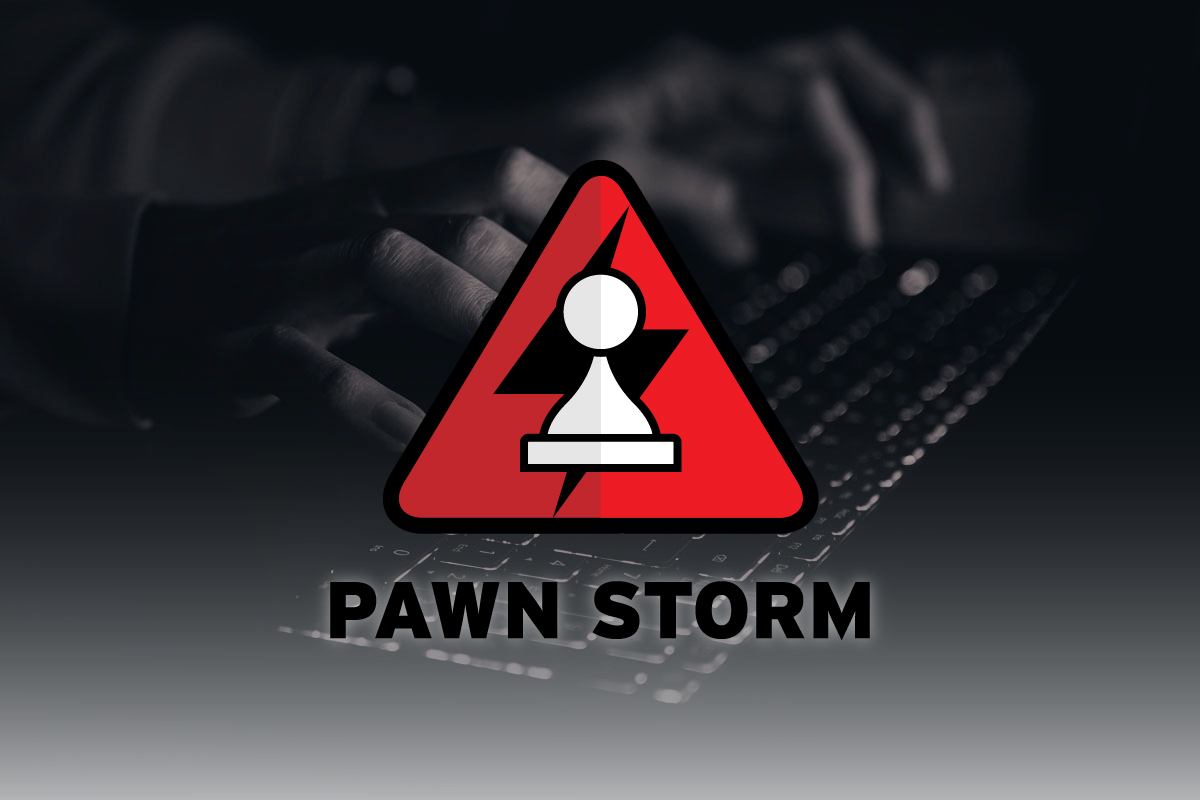
Some conversations on social media can get … heated. Some can cross the line into harassment. Or worse.
Harassment on social media has seen an unfortunate rise in recent years. Despite platforms putting in reporting mechanisms, policies, and even using AI to detect and remove harmful speech, people are seeing more and more harassment on social media.
Yet even as it becomes more prevalent, nothing about it is usually. Or acceptable. No, you can’t prevent social media harassment. Yet you can protect yourself in the face of these attacks.
Online harassment statistics continue to climb.
In 2023, research showed that 52% of American adults said they experienced harassment at some point online. That’s up from 40% in 2022. Also in 2023, 33% said they experienced it in the last year, a jump of 10% from 2022.i
The same trend follows for teens, where 51% of them said they experienced harassment in the past year, compared to 36% in the year prior.ii
Earlier research conducted in the U.S. tracked a significant rise in harassment online between 2014 and 2020. This included the doubling or the near doubling of the most severe forms of online harassment.iii
Our own research in 2022 also noted a rise of another kind — worry about online harassment. Globally, 60% of children said they were more worried that year about social media harassment (cyberbullying) compared to the year prior. Their parents showed yet more concern, with 74% of them more worried that year about their child being harassed than the last.iv
The human cost of social media harassment.
Stats are one thing, yet behind each figure stands a victim. Harassment takes a hard toll on its victims — emotional, financial, and sometimes physical. That becomes clear the moment you look at the forms it can take.
Social media harassment includes:
- Flaming — Online arguments that can include personal attacks.
- Outing — Disclosing someone’s sexual orientation without their consent.
- Trolling — Intentionally trying to instigate a conflict through antagonistic messages.
- Doxing — Publishing private or identifying info without someone’s consent.
- Cyberstalking — Collecting info and tracking the whereabouts of a victim in a threatening way.
- Identity Theft — Stealing a victim’s accounts or posting messages posing as them online.
It includes other acts, such as:
- Name-calling.
- Spreading false rumors.
- Sending explicit images or messages.
- Threats of physical harm.
In practice, the results can get ugly. Scanning press releases from various state attorneys general, you’ll find unflinching accounts of harassment. Like a targeted, three-year cyberstalking campaign against a victim and that person’s parents, coworkers, siblings, and court-mandated professionals.v Another, where the harasser attempted to defame his victim through a fake LinkedIn profile — and further doxed his victim by publicly posting source code the victim had written worth millions of dollars.vi
All of this serves as a reminder. Harassment can quickly turn into a crime.
How to protect yourself from harassment on social media.
The unfortunate fact remains that you can’t prevent social media harassment. Some people simply find themselves driven to do it. You can take several steps to shield yourself from attackers and deny them the info they need to fuel their attacks.
Secure your accounts.
Account security should be a high priority for you, your loved ones, and anyone else. That’s especially true during periods of harassment. Every account you have should be secured with a complex password — at least 12 to 14 characters long, with numbers, capital letters, lowercase letters, and symbols. And with two-factor authentication.
Two-factor authentication is especially important when it comes to account security. The reason is simple: a lot of harassers are tech-savvy, and enjoy taking over a victim’s account to make offensive comments in their name and damage their reputation.
Two-factor authentication prevents account takeovers like this. It requires a user to know the password and username for an account, along with another way they can prove they are who they say they are. Often that involves a code sent to their smartphone that they can use to verify their identity. At McAfee, we recommend you use two-factor authentication on any account that offers it.
Control who can follow you.
Social media platforms offer plenty of ways you can lock down your privacy, even as you remain “social” on them to some degree. Our Social Privacy Manager can help you be as private as you like. It helps you adjust more than 100 privacy settings across your social media accounts in only a few clicks, so your personal info is only visible to the people you want to share it with. By making yourself more private, you deny a potential harasser an important source of info about you, in addition to your friends, family, and life overall.
Limit what you share online.
Limit how much info you share about yourself on social media websites. Addresses, phone numbers, and locations shouldn’t be shared in posts and shouldn’t be included in biographies. Attackers can use this type of info to make false threats and, in some cases, falsify crimes to elicit a police response — this is a technique called “SWATTING” and it’s quite serious.vii
In some instances, harassers gather info about their victims on data brokers or “people finder” sites. Some of this info can get pretty detailed, and these sites will sell it to anyone. You can clean up that info, however. Our Personal Data Cleanup scans data broker sites and shows you which ones are selling your personal info. It also provides guidance on how you can remove your data from those sites — or remove it for you, depending on your plan.
Harassed on social media? Here are the steps to take.
Report the harassment to the social media platform.
If you find yourself targeted, don’t respond. That’s what the harasser wants. Use your social media platform’s tools to block and then report the harasser. Many platforms have web pages dedicated to harassment that walk you through the process.
Report harassment to the authorities.
First off, if you feel that you are in immediate danger, contact your local authorities for help.
In many cases, harassment is illegal. Slander, threats, damage to your professional reputation, doxing, and many of the examples mentioned earlier can amount to a crime. There are options for victims, legally speaking. If you feel a harassment campaign has crossed the line, then it’s time to contact the authorities. Bring proof of harassment. Take screenshots of everything and submit them as part of your complaint.
Talk with trusted family members and friends.
We’ve seen just how damaging and painful harassment can be. Let trusted people in your life know what’s happening. Lean on them for support. And have them help you find any resources you might need in the wake of harassment, such as counseling or even legal assistance. You might find this tough to do, yet realize that you’re not at fault here. Any ugliness you’re dealing with comes from the hands of a harasser. Not yours. Close family and friends will recognize this.
[i] https://www.adl.org/resources/report/online-hate-and-harassment-american-experience-2023
[ii] https://www.adl.org/resources/report/online-hate-and-harassment-american-experience-2023
[iii] https://www.pewresearch.org/internet/2021/01/13/the-state-of-online-harassment/
[vii] https://www.theguardian.com/technology/2016/apr/15/swatting-law-teens-anonymous-prank-call-police
The post The Rising Threat of Social Media Harassment. Here’s How to Protect Yourself. appeared first on McAfee Blog.





